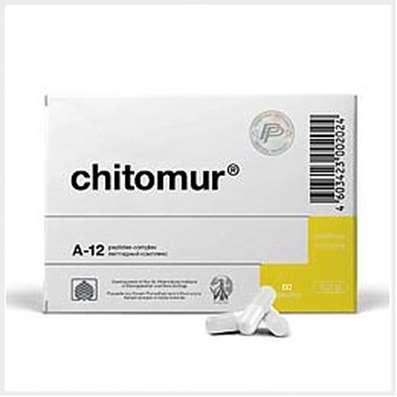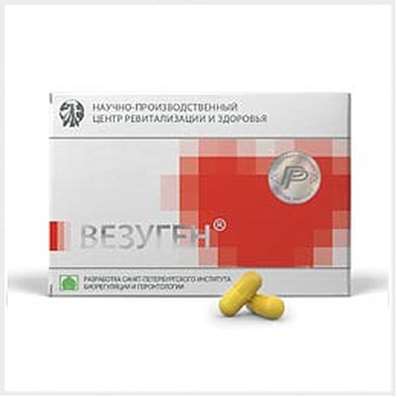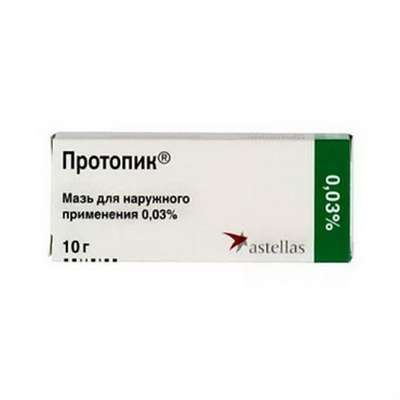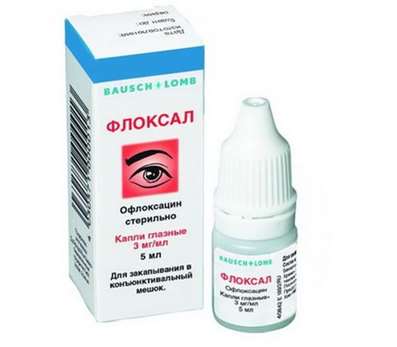Instruction for use: Nilutamide (Nilutamidum)
I want this, give me price
chemical name
5,5-Dimethyl-3- [4-nitro-3- (trifluoromethyl) phenyl] -2,4-imidazolidinedione
Pharmacological group
Androgens, antiandrogens
Antineoplastic hormonal agents and hormone antagonists
Nosological classification (ICD-10)
C61 Malignant neoplasm of prostate
Adenocarcinoma of the prostate, Hormone-dependent prostate cancer, Hormone-Resistant Prostate Cancer, Malignant tumor of prostate, Malignant neoplasm of prostate, Carcinoma of the prostate, Locally-distributed non-metastatic prostate cancer, Locally advanced prostate cancer, Locally spread prostate cancer, Metastatic prostatic carcinoma, Metastatic prostate cancer, Metastatic hormone-resistant prostate cancer, Non-metastatic prostate cancer, Incompatible prostate cancer, Prostate Cancer, Prostate cancer, Common prostate cancer, Testosterone-Depot Prostate Cancer
Code CAS 63612-50-0
Pharmacology
Pharmacological action - antiandrogenic, antitumor.
Competitively blocks the cellular receptors of androgens, disrupts the binding of dihydrotestosterone and prevents the manifestation of its biological effects in target organs, incl. In tumor cells of the prostate gland - inhibits tumor growth. With a single admission, the effect is maintained for at least 24 hours.
Indications
Prostate cancer (as part of combination therapy), antiandrogenic preparation for sex change in men.
Contraindications
Hypersensitivity, anemia, impaired liver function, lung disease, childhood.
Side effects
Hyperventilation, painful breathing, shortness of breath, interstitial changes in the lungs, appetite disorders and bowel function, nausea, vomiting, paleness of the hands and ankles, pain in the lower parts of the hands and feet, visual disorders (in particular, weakening adaptation in the dark), sensation of hot flashes , Shortness of breath, signs of liver dysfunction (itchy skin, darkening of urine, jaundice, pain in the right side of the trunk, flu-like syndrome, increased bilirubin and transaminases), anemia.
Interaction
Enhances the effect of phenytoin, propranolol, chlordiazepoxide, lidocaine, diazepam, theophylline.
Routes of administration
Inside.
Precautions
With the development of violations of respiratory function, a dose reduction or complete withdrawal of the drug is necessary. Treatment should be discontinued when clinical and laboratory signs of toxic damage to the liver and pain, suggesting the presence of thrombosis. During the period of therapy, alcohol intake should be avoided, a "disulfiramic reaction" (palpitation, malaise, nausea, vomiting) is possible. To improve the light adaptation is recommended wearing glasses with darkened glasses. It is prohibited to drive vehicles during the course of treatment.

 Cart
Cart





